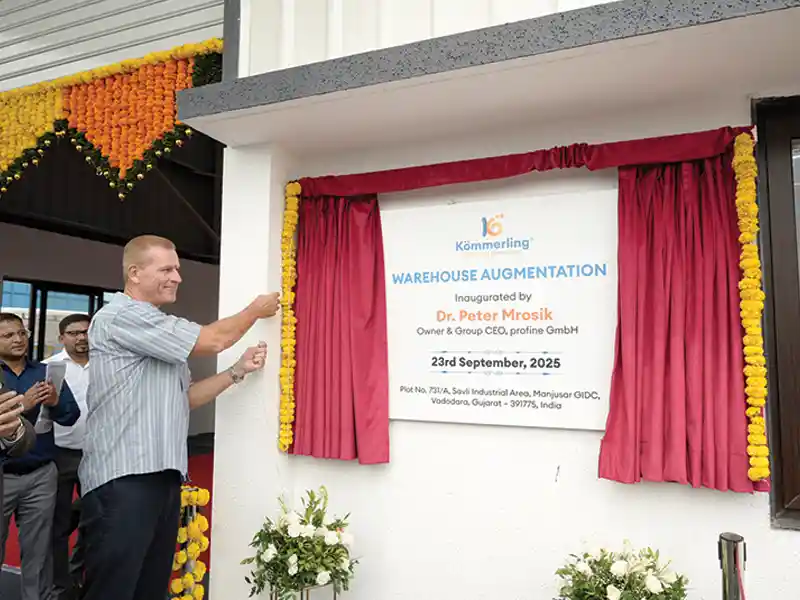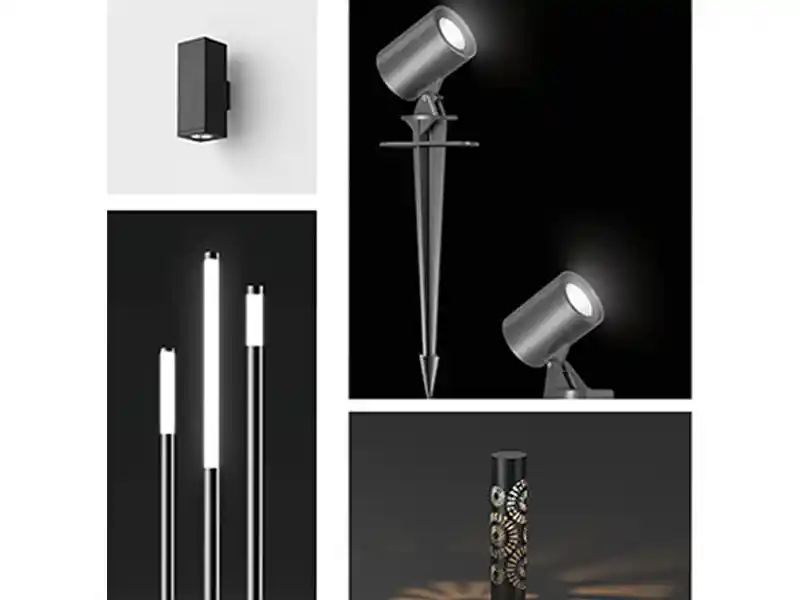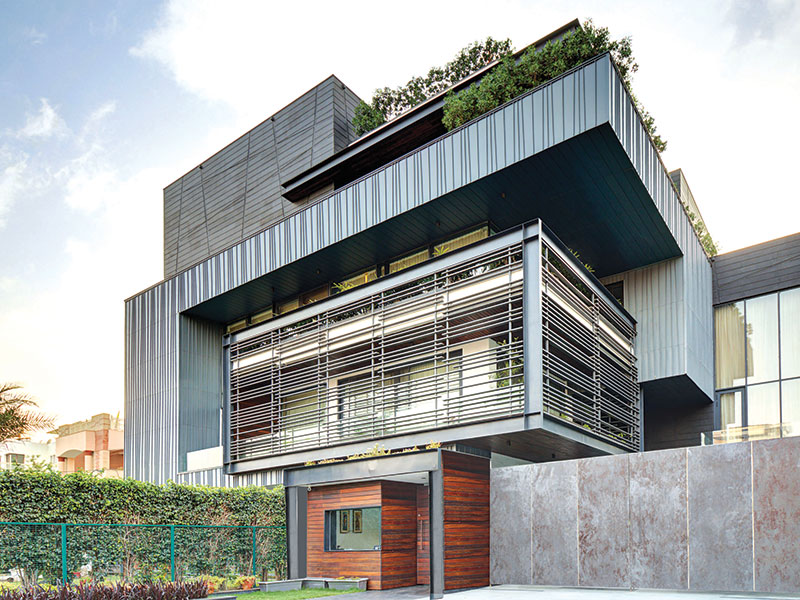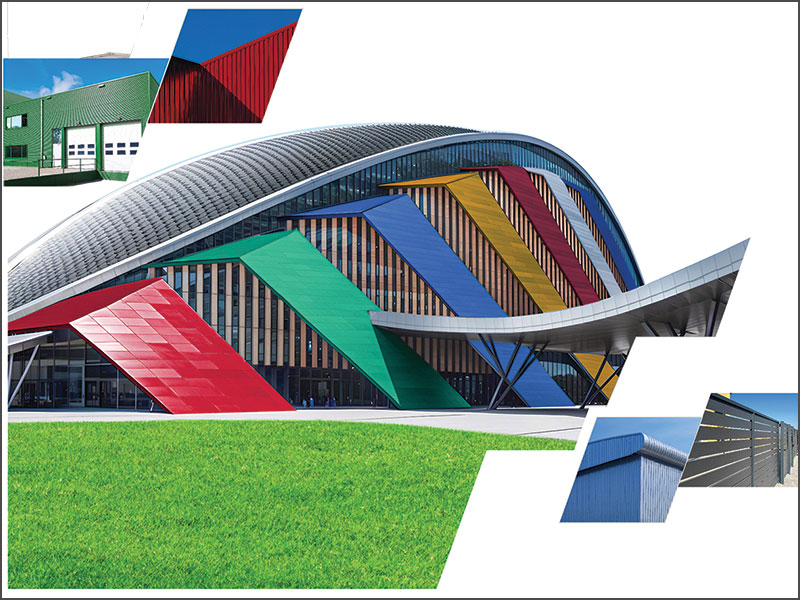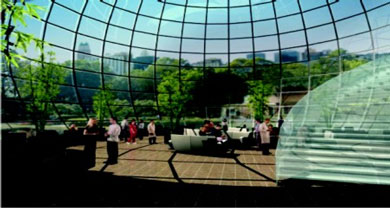
Glass in Hospitals
A look around any city in the country would reveal how hospitals, especially the new ones, have made extensive use of glass and glazing in construction. A quick analysis reveals why.Glass has a multitude of uses in hospitals. While providing visual appeal to the structure as a whole, glass and glazing solutions in hospitals can be effective in patient care as well, even while making the building safer, energy efficient and protection against disasters.
Glass, when used aesthetically can make the hospital look like a pleasant and cheerful place, rather than intimidating and gloomy. Serene images/glass paintings in lobbies, passages or even patient rooms, bathrooms etc can make for a soothing environment. The increased daylight as a result of using glazing makes the structures bright as well.
Temperature maintenance
Temperature management and maintenance is crucial to patient care in hospital. Insulating glazing when intelligently used, can aid temperature management in hospitals. Insulating glazing with low solar heat–gain coefficients can improve thermal performance while low–emission coatings can limit temperature gains with little loss of natural light. Such insulating glazing can substantially reduce cooling costs. When combines with the heating, ventilation and air conditioning system of the hospital, higher levels of efficiency in temperature management can be reached.Another aspect in the control of heat involves easy mobility of patients as well as visitors. In the wake of a fire-related disaster, it is often seen that temperatures within premises increase drastically, which can be dangerous for those inside. Patients who are immovable are specially in a difficult situation during these times. The use of fire resistant glass becomes imperative in a hospital. Today, immense choices are available- some glass fire walls like Pilkington Pyrostop remain cool to touch on one side even when there is fire raging on the other. Glass fire walls ensure the safety of patients on the other side of the fire, even when temperatures are soaring. This keeps people inside safe, till help comes along. There is glass available with fire ratings above 2 hours. This makes rescue operations much easier.
Daylight Control
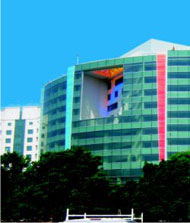
Studies indicate that patients who have better access to daylight and natural surroundings often recuperate faster than those who do not. So, in that aspect too switching over to glass makes sense.
Sound Control
Glass can be used effectively in hospitals to control sound. Excessive sound can be detrimental to the health of patients and sound control is among the most important aspects to be remembered in hospital architecture.Atrias can be used in hospitals to provide isolation to patient rooms from environment noise. Sound proof glass partitions are also an effective option.
An example of how an atrium be built effectively in a hospital is in the Houston Medical Center. The hospital even has a helipad apart from frequent ambulance and traffic noises. Here, an atrium within the hospital provides a buffer for this environment noise. If glass is used judiciously, elements like helipads and fountains can be easily incorporated in a hospital without interrupting in patient care.
Radiation
Hospitals are places with several scientific instruments. Some of these instruments may emit harmful rays. Patients and visitors need to be protected from radiation instruments within hospitals. Today, X-ray shielding glass is available, which keeps patients, visitors as well as hospital staff safe from harmful radiation. Though X-ray shielding acrylic is also available, glass has several advantages over acrylic. It is thinner for the same lead equivalency and is also lesser prone to scratching and marring.Security in Hospitals
Another important factor to be considered is the security of patients and staff, from threats from within or outside the hospitals. Specially in a psychiatric hospital, patients may unintentionally end up putting their own lives and those of ones around them in danger. It is necessary that precautionary measures be taken, before an unfortunate incident occurs.In such cases, products like bullet-proof glass, or laminates containing various plastics have proven to be useful in keeping the environment within a hospital safe. Glass now carries impact resistance and bullet resistant ratings, which guarantee safety.
Art in Hospitals
Art in glass can be used in hospitals to do away with dullness and give the place a cheerful ambience. Today, a wide variety of specialized glass (such as decorative laminated glass technology) is available that can achieve the same.DuPont Expressions decorative laminated glass technology was made use of in Fabia Mater Clinic, Rome, Italy make the place appealing to children. The clinic welcomes patients with smiling children, birds, freedom, health and happiness in a collage. This is also a fine example of how glass can be made to make a clinic light-filled and more open. The laminate also protects the collage from damage. Apart from this, glass paintings and etched glass partitions, doors etc give the hospital a whole new look.
Anti–bacterial glass–The Latest in Healthcare Architecture
AGC Flat Glass Europe, formerly Glaverbel recently launched its new Antibacterial Glass TM in a world premiere. The glass kills 99.9% of bacteria and also stops the spread of fungi. Given the instances of visitors and patients catching infections while in hospital, this is a milestone.This glass eliminates micro-organisms as soon as they come in contact with the surface of the glass.
The glass has been tested by university laboratories, with results validated based on European and Japanese standards. Accelerated age testing demonstrates that the functionality of the glass does not diminish over time. The glass can be used for all kinds of surfaces, from glazing to wall coverings and mirrors.
Case Study
Florida Hospital Waterman, Tavares, Florida
Known for being a hurricane-prone region, structures in Florida usually take preventive measures that can help to reduce damage and loss of life during a natural disaster.The Florida Hospital Waterman is a case in point. It is an excellent example of how glazing and glass facades can actually aid in disaster prevention in hospitals. In fact, the hospital has become a benchmark for architects internationally and serves as an example of better healthcare through design.
Structurally strong laminated glass was used. Also, DuPont’s large missile resistant laminated safety glass with SentryGlas Plus gave architects and designers the freedom to build exclusive ribbon glazing on floors below 30 feet. This would have been otherwise impossible with the hurricane regulations in Florida. While this makes for great views, it also gave designers the freedom to create a soaring glass atrium for the hospital entrance. This was another achievement, considering that the region is prone to hurricanes and that any such construction could be unsafe.
The use of laminated glass throughout the building ensured reduced noise levels inside the hospital and it protects the fabric and furnishings inside as well. Also, the glass was deliberately kept non-reflective, so as to make it bird friendly. Preventing confusion, it prevents rare birds–like eagles from flying straight into the glass.
Laminated glass was also used for ribbon windows in the bell tower, which was a major focus for the design team.
The project had to meet the Miami-Dade County hurricane and wind-storm standards for airborne missiles. This also meant that Dade County had to review and approve the ability of the project’s window system to stand up to airborne missiles. Since the hurricane in 2004, regulations about re-cladding of existing facilities had become a priority for the state.
Architects wanted large picture windows for patient rooms. For ribbon glazing 30 ft and below, very large, 5 ft x 10 inch panes of laminated glass with a 090 mil structural interlayer of SentryGlas® Plus and a silicone sealant at the perimeter of the glass and the aluminum frame were specified. Stringent tests included shooting large 2 by 4s (planks of wood that are nine feet long, two inches thick and four inches wide) at the prototype window models. After tests, American Testing Laboratories confirmed that the picture windows would resist a design pressure of up to 135 psf.

